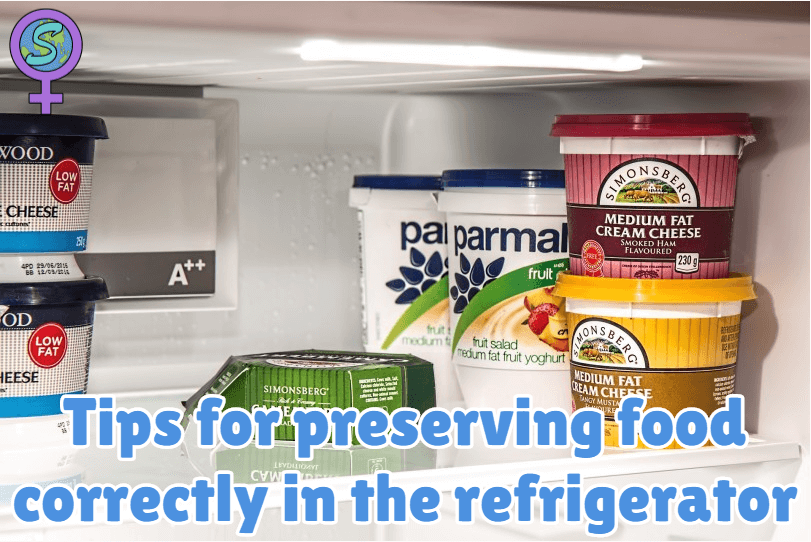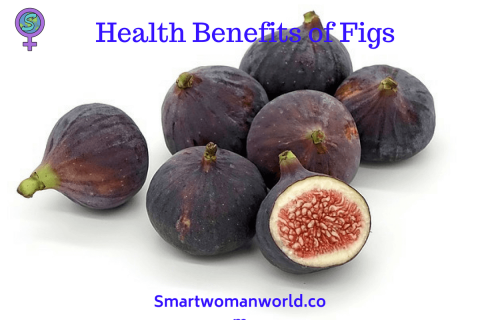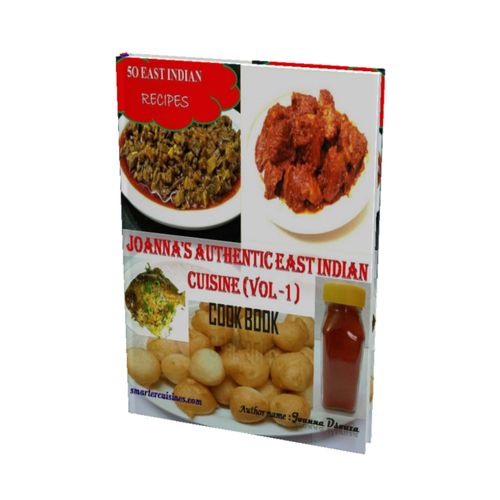There are many ways in which you can extend the lifespan and freshness of food. Traditional methods of preserving food can improve their flavours and also improve their lifespan by chilling and freezing the foods.
Here are some of tips for preserving foods correctly in the refrigerator
Storing Cooked foods
Cool the hot foods before placing them in the refrigerator. If hot foods are placed in the refrigerator then they transfer heat to other nearby items leading to the growth of bacteria.
Keeping Raw foods
Wrap raw meat, fish or chicken in proper plastic bags. Never let water drip from them to other items since it will allow the growth of bacteria. Keep them in the lowest shelf as far as possible. Wrap the foods in single meal portions for easy use.
Allowing Air movement
Arrange the foods so that there is little space between items. This will allow cool air to circulate and keep all the foods at an even temperature.
Maintaining the temperature in the Refrigerator
Close the door as soon as you have used the refrigerator. If you leave the door open then the inside air will warm up. It will then take more time to return to the correct temperature.
Storing strong smelling foods
Seal strong smelling foods such as cheese, spring onions, celery etc. in sealed plastic zip lock bags. This will stop their odours from tainting the other items.
Banishing Smell
Put charcoal in a saucer at the back of each of the shelves to dispel strong odours. Change the charcoal every few months.
Wrapping foods
Some foods like ripe bananas should be covered in aluminium foil and stored away in the salad drawer. The foil will stop the ripening process and keep them from turning black.
Group the foods to be kept in your fridge correctly.
Foods for the Upper shelf:
Keep frequently used foods on the top most shelves as they will be easily accessible. For e.g. butter, eggs, cheese, cooked items and other common foods.
Food for the Lower shelf:
Put the following foods on the shelves so that their aromas will not taint other items. Cover raw meat, poultry and fish loosely with cling film so that air circulates around it.
Foods for salad drawers:
Put each type of food in a separate polythene bag so that it will not flavour any other food. Store root vegetables in dark brown coloured bags to avoid light. For e.g., fruits, vegetables, salad leaves, fresh herbs etc. Clean the fresh fruits and dry them before freezing otherwise water on them will turn into ice and damage the texture of the foods. Tie the fresh herbs into bunches and then pack them loosely in plastic bags.
Food in the door compartment:
Keep bottles and cartons in the door compartment. Avoid keeping milk as it may get spoilt because of the lack of refrigeration.For e.g., mineral water, fruit juices and bottled drinks.
Solids and liquids
They expand when they are frozen, so never fill the container to the top otherwise the food will push off the lid or even crack.
Air spoils frozen foods.
While freezing food in the bag, squeeze out the air from the bag.
Freezers.
Freezers run more efficiently when they are full. So try and keep your freezer full.
Label.
Label the foods for easy accessibility.
Sort out and dispose.
Sort the food regularly to keep the Refrigerator clean.
Clean your refrigerator regularly.
Clean your refrigerator to keep your foods clean and hygienic.
The above are some useful tips for preserving food correctly in the refrigerator.
Please check our earlier article Foods that don’t need refrigeration.
Please check our Smart Deals.
To buy, Please click here Refrigerator




